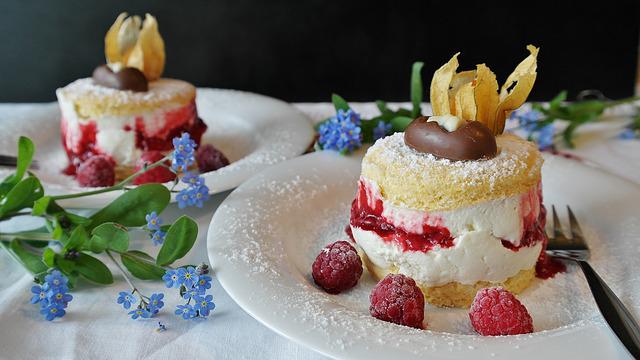Darlingtonia is native to the USA, in northern California and southern Oregon. It is the sole member of its genus and one of the rarest.
Cobra lilies have variegated pitchers at the end of their leaves. Pitchers are mottled green in colour and survive for two to three years. They have a distinctive hood sheltering the entrance to the trap with protruding fork-like leaves. They resemble a cobra’s head and tongue or fangs, hence its name.
The plant bears a solitary flower on a long stem as tall as the pitchers. It has five green sepals that are longer than the five red-veined green petals. Its highly modified floral structures suggest they may have evolved to attract specific pollinators.
Insects are drawn to the mouth of the pitcher by nectar glands embedded in the tongue-like leaves and by an alluring scent from the hood. Translucent patches on the hood resemble windows and serve to confuse its trapped prey. The real exit is hidden and slippery walls and downward-pointing hairs prevent escape. The insect falls into the watery fluid inside the pitcher and drowns. Unlike other pitchers, digestion is via bacterial breakdown rather than through the release of enzymes.
Growing tips
To grow at home, use a mix of equal parts composted bark, washed sharp sand and perlite. Stand the pot in cool rainwater. Alternatively, outdoors in a cool, shady, boggy garden. Temperatures no higher than 28C (81F) are preferred. They will suffer if their roots are not kept cool. Rainwater ice cubes can be used to achieve this, on hot days. A humidity of about 50% is ideal. Although they are frost tolerant it is best to offer some winter protection during their dormancy phase. Pots can be kept in a cool greenhouse at this time.
The best method of propagation is by taking offshoots from the rhizomes.








Leave a Reply